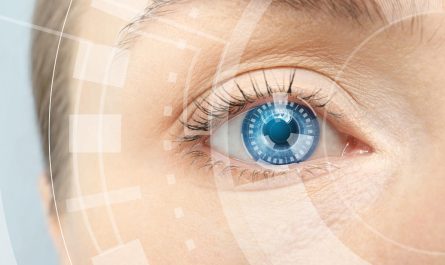Pregnancy tests have come a long way from the simple stick tests women have relied on for decades. Now, digital tests that display “Pregnant” or “Not Pregnant” on a small screen are taking over. These digital tests promise accuracy and convenience like never before.
History of Pregnancy Tests
The first at-home pregnancy tests were introduced in the late 1970s. These early tests used sticks or dip cards that would show one or two lines to indicate a positive or negative result. Women had to interpret the lines, which sometimes led to uncertainty. It wasn’t until the late 1980s and 1990s that digital displays started appearing on some tests. These early digital screens still required the user to time their test and look for words to appear.
The Dawn of Fully Digital Tests
In the past decade, fully digital pregnancy tests have become widely available. These new tests take the guessing out of the results. As soon as the test is completed, either “Pregnant” or “Not Pregnant” clearly displays on the screen. No more worry about faint lines – the results are straightforward.
Major brands like Clearblue, First Response, and E.P.T. now offer various models of digital pregnancy tests. Some can be used up to a few days before a missed period, while others are suitable for detecting a pregnancy as soon as the first day of a missed period. Prices range from around $10 to $25 depending on the model and features.
How Digital Tests Work
Digital pregnancy tests work in a similar way to traditional stick or dip tests. They detect the level of human chorionic gonadotropin (hCG) hormone in a woman’s urine. hCG is only present at a detectable level in the body when a fertilized egg has implanted in the uterus.
The key differences with digital tests are the display and timing. Once the test has been completed according to instructions, a small portable screen lights up to clearly show “Pregnant” or “Not Pregnant”. No reading lines or waiting required. An internal timer ensures the results appear within the designated time frame, usually 3-5 minutes depending on the model.
Benefits of Digital Pregnancy Tests
One of the biggest advantages of digital tests is their ease of use and interpretation. There’s no squinting at lines or trying to decipher faint signs. The straightforward display removes any ambiguity about the results. This provides clarity and reassurance for women hoping to conceive or those just wanting to know if it’s time to see an obstetrician.
The built-in timers also make digital tests more convenient than traditional models. Users don’t have to precisely time the testing process or constantly check their watch for minutes. The screen does all the work by lighting up automatically with the results once ready.
Some tests even include additional features. Premium digital models may provide an estimate of how many weeks pregnant a woman is. They can detect very small amounts of hCG to identify pregnancies earlier than regular tests. Dual displays show if levels are rising appropriately through multiple tests.
Are Digital Tests More Accurate?
While digital pregnancy tests have excellent clarity and ease of use, studies show their accuracy is comparable to standard line tests. Both types rely on the same hCG detection method. Digital tests typically state accuracy ratings of over 99% on packaging. As long as instructions are followed properly for either type, both deliver reliable results.
The digital format simply reduces human error in reading faint or ambiguous lines. If a traditional test displays a thin second line, a digital test eliminates any uncertainty by clearly stating “Pregnant” or “Not Pregnant”. Otherwise, the reliability of a positive or negative result is about the same between test styles.
Cost Comparison
On price, digital models have the edge over line tests in the long run. Each digital test costs a few dollars more on average initially. However, their unambiguous “yes or no” messaging can save money by avoiding repeat testing due to line ambiguity. With no need to buy multiple tests while waiting for lines to change, digital tests offer better peace of mind for just a small premium.
Common Mistakes to Avoid
Like any home pregnancy test, following the directions is key. Digital tests are only accurate if used properly. Some common errors to look out for include using expired tests, not holding the sample under the test window long enough, and reading results before the screen timer is finished. Taking medications containing hCG can also cause false positives on any test type. Proper handling and perfect timing are still required for trustworthy results.
Despite potential user blunders, overall digital pregnancy tests deliver confident results matched with simplicity and reassurance. Their clear displays make them a preferred option for the vast majority of women seeking a definite answer about whether they are expecting. Digital tests offer a new standard of pregnancy detection convenience at home.
In Summary
From the early days of wait-and-see line results to today’s instant on-screen diagnosis, pregnancy testing has certainly progressed. Fully digital models incorporating automatic timing, dual hormone detection, and unambiguous test interpretation are redefining the at-home experience. While a bit pricier up front, digital tests provide clarity, reassurance and accuracy like never before in this new era of straightforward pregnancy detection. Their convenience and definitive diagnostics have made them a top choice for women everywhere.


